Stepping Out: 10,000 Years of Walking the West
On display through Dec 30, 2018 at the Museum of Indian Arts and Culture
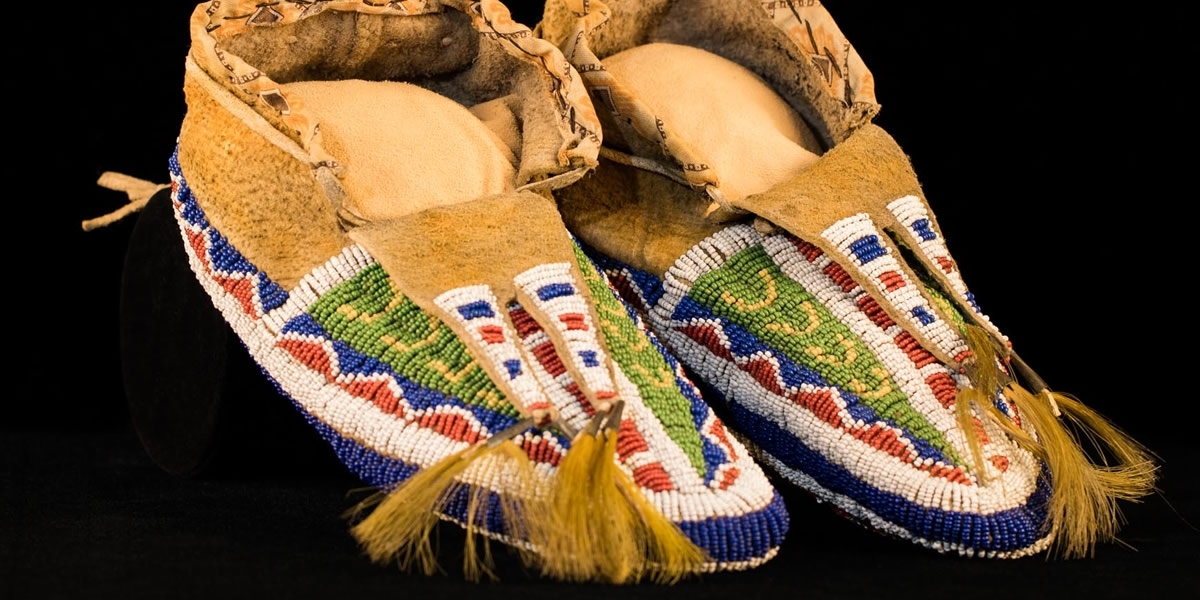
Footwear is evocative. The shoe tells us if the wearer was a child or an adult, and can often tell us whether they were an adult man or woman, based on size and style. Shoes retain signs of the wearer, showing imprints of toes and heels and repairs made as much-needed or much-loved footwear became ragged. They can also hint at health problems; for example, bunions and uneven gaits can be visible on the shoes.
How we protect our feet is influenced by the environment (hot, cold, stony, soft), the materials available (leather, plants, beads, quills), and tradition. Tradition guides whether people wear sandals or leather footwear, as well as how they decorate them, but tradition varies over time as conditions, environmental and social, change.
The style of the shoe also tells us about belonging, love, and social aspiration. Beaded moccasins are time-consuming to make, comfortable to wear, and beautiful to behold. Moccasins created for a family member will often reflect the love and commitment of the maker toward the wearer. Some styles of moccasins or sandals were reserved for those with status, wealth, or a special role in society. Footwear reflects the lives of their makers and wearers, offering a window into the past and the present.
This exhibition will feature sandals that date back thousands of years found in the dry caves of New Mexico and nearby regions. The Museum of Indian Arts and Culture has amassed a significant collection of Plains and Southwest moccasins, many beautifully beaded or quilled, and these will be exhibited for the first time in decades. The exhibition will conclude with examples of contemporary high fashion footwear made artists like Teri Greeves, Lisa Telford, and Emil Her Many Horses, showing how traditional designs and techniques are now being used to create gorgeous, meaningful shoes in the 21st Century.
Stepping Out: 10,000 Years of Walking the West opens at the Museum of Indian Arts and Culture on August 27, 2017 and will be on exhibit through the end of 2018.
Curator’s Statement by Maxine McBrinn, PhD.
Also on exhibit at the Museum of Indian Arts and Culture
New Mexico CulturePass
Your ticket to New Mexico's exceptional Museums and Historic Sites.
From Indian treasures to space exploration, world-class folk art to awesome dinosaurs—our museums and monuments celebrate the essence of New Mexico every day.
More Info »

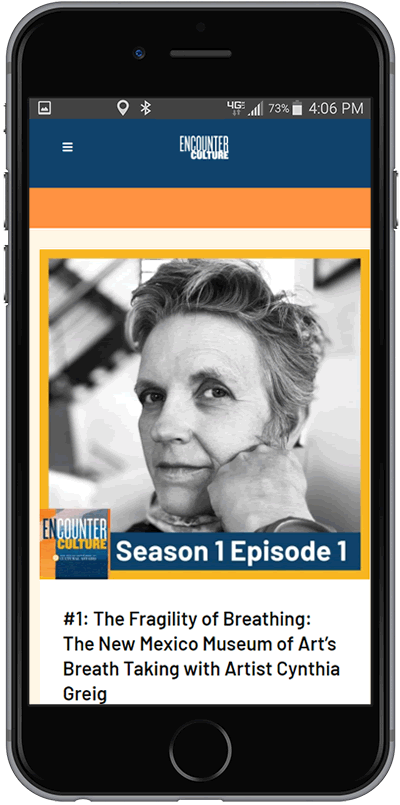
Encounter Culture
Take a look inside the museums and historic sites of New Mexico without leaving home. Join host Charlotte Jusinski, and a variety of guest curators, artists, and exhibitors in exploring the art and culture of the state in Encounter Culture, a new podcast from the New Mexico Department of Cultural Affairs.



Featured DCA Exhibitions
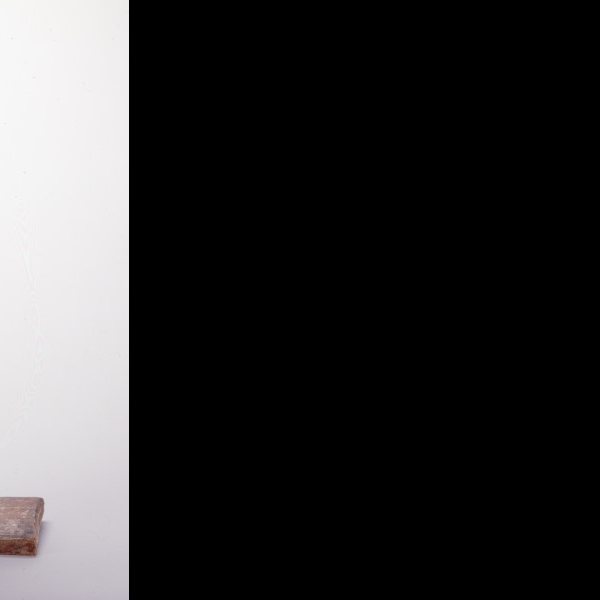
The Santos of New Mexico
As part of our Highlights from the Collection: The Larry and Alyce Frank Collection of Santos (saints), in the Palace
more »
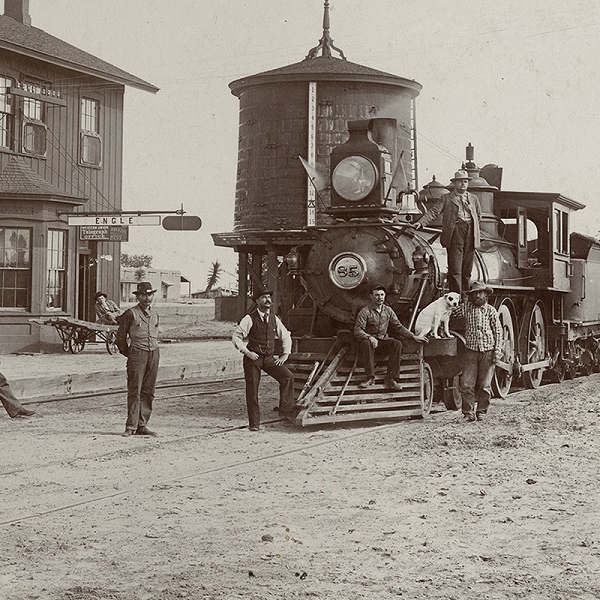
Working on the Railroad
Working on the Railroad pays tribute to the people who moved the rail industry throughout New Mexico.
Using nearly
more »

John P. Stapp Air & Space Park
Named after International Space Hall of Fame Inductee and aeromedical pioneer Dr. John P. Stapp, the Air and Space Park
more »
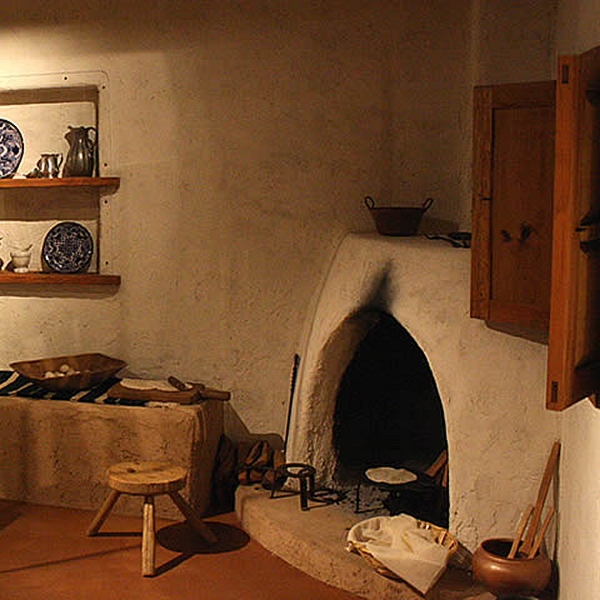
New Mexico Colonial Home - Circa 1815
The Spanish colonial home (la casa) gives visitors an idea of what a home from the time around 1815 would have looked
more »
